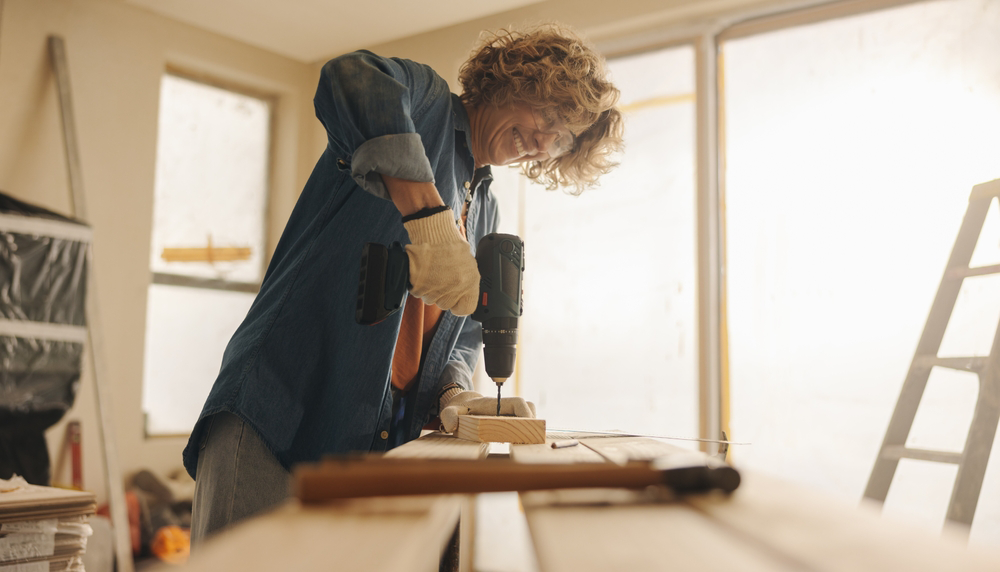Planning a DIY project is always exciting. It should be noted that good preparation is necessary to succeed because building furniture or renovating a room also requires detailed plans. These tips are going to help you with your project from start to finish.
Define Your Goal
Begin with a clear goal. Think about what exactly you are trying to achieve. Be specific. Instead of saying, “I want to update my kitchen,” say, “I want to repaint my cabinets and replace the handles.” Clear goals make it easier to plan every step.

Set a Realistic Budget
DIY projects are not always inexpensive. Expenses often increase rapidly with tools, materials, and other unexpected costs. You should research prices first and set a realistic budget for your goals. Always include extra money because there might be something that you have not thought about at the time of setting your budget.
For sourcing quality materials and tools within your budget, consider checking out MacBlair. Their range of products ensures you’ll find exactly what you need for your project without compromising on quality.
Plan Your Time
DIY projects usually last longer than people realize, so you need to be honest about your time commitment. Divide the project into smaller tasks and set deadlines. A detailed timeline will help you stay focused.
Research and Gather Ideas
Dedicate time to researching your project. Search for tutorials, guides, or inspiration on the internet. Websites like Pinterest or YouTube are full of ideas and tips. Learn from what others have done to avoid mistakes.
Make a Detailed List of Materials and Tools
Start by listing everything you’ll need. Include all tools, materials, and accessories. Having everything on hand saves time, and you can avoid the frustration of realizing that you have forgotten about something.
Measure Everything
Accuracy is vital in DIY projects. People should double-check their measurements before cutting, drilling, or putting things together. Mistakes waste materials and time. Taking extra steps to ensure precision prevents problems in the future.
Prepare Your Workspace
A clean, organized workspace makes a huge difference. Clear clutter, set up a comfortable working area, and ensure proper lighting. This is especially important for safety and efficiency.
Follow Safety Precautions
DIY can involve risks, especially with tools and heavy materials. Wear safety gear like gloves, goggles, or masks as needed. Follow safety instructions for all tools. A trip to the emergency room isn’t part of the plan!
Don’t Skip Prep Work
Prep work might seem boring, but it’s critical. Sanding, priming, or cleaning surfaces before painting or assembling ensures a polished result. Rushing through this step will show in the final product.
Stay Flexible
Things don’t always go as planned. Materials might be out of stock, or a step might not work as expected. Be ready to adapt and find creative solutions. Flexibility is a valuable skill in DIY.
Start Small
If you’re new to DIY, choose a project that’s manageable. Starting with something simple builds your confidence and helps you learn new skills before tackling bigger challenges.
Final Thoughts
Planning well is the foundation of any successful DIY project. With these tips in mind, you’re set to tackle your next project with confidence!

